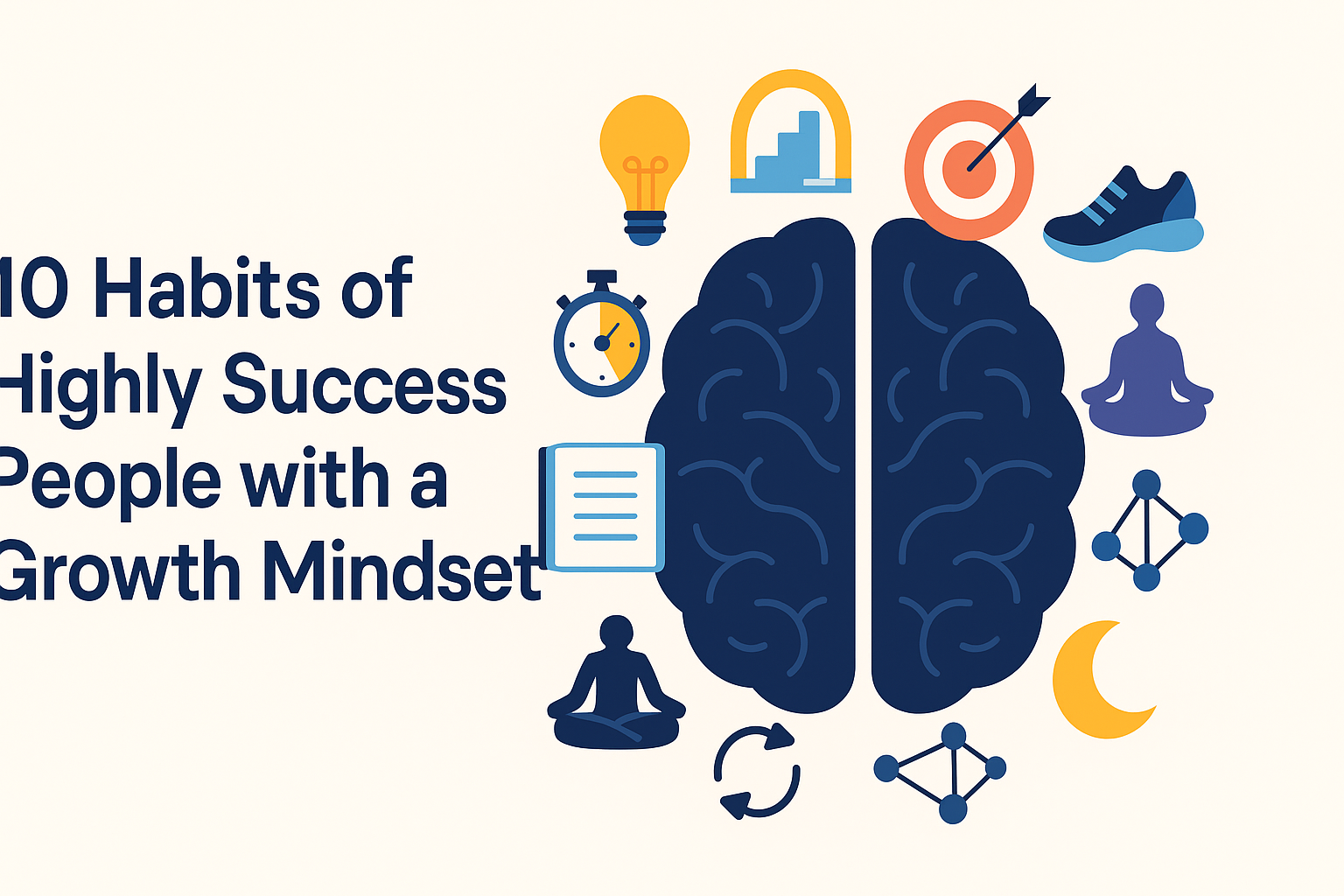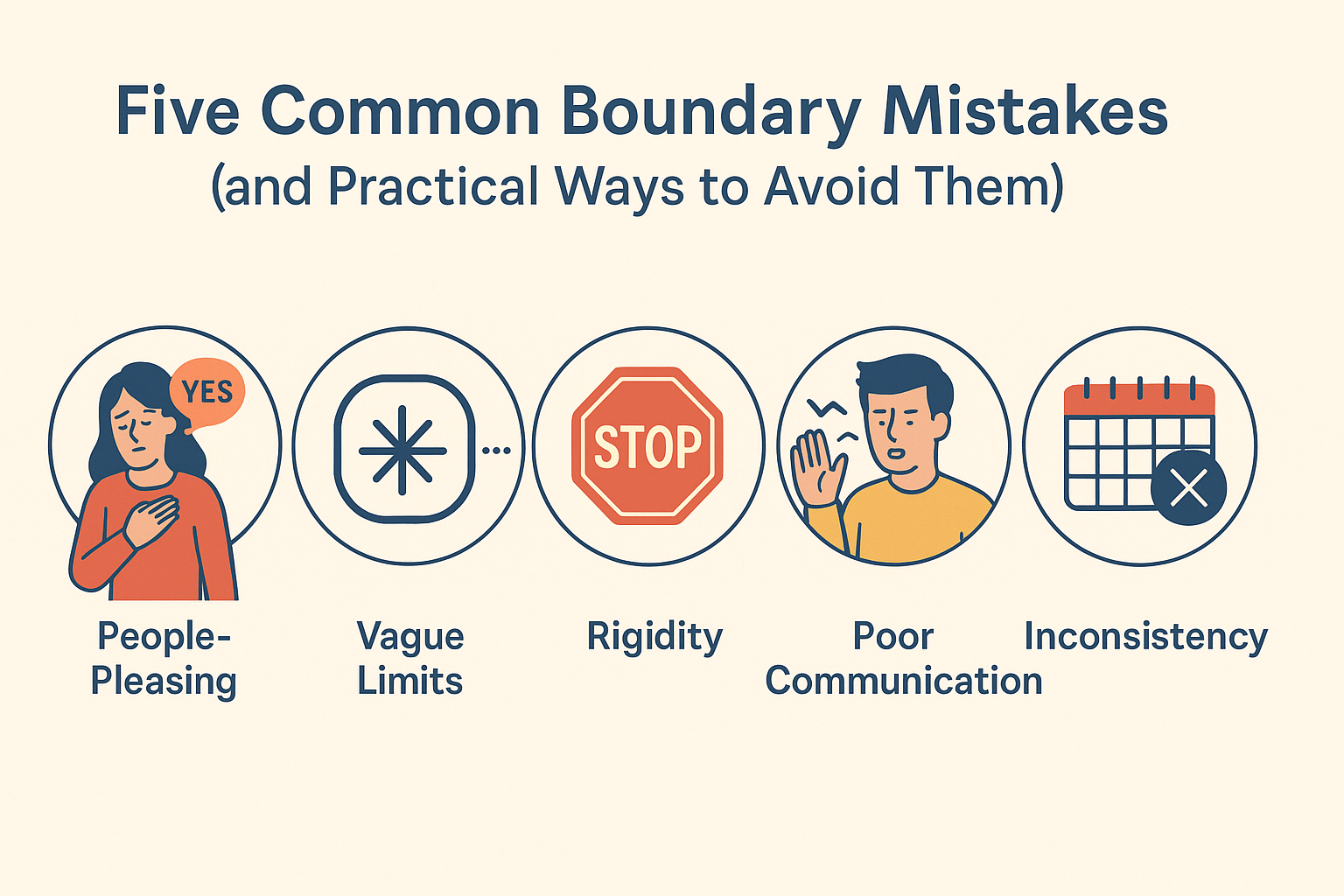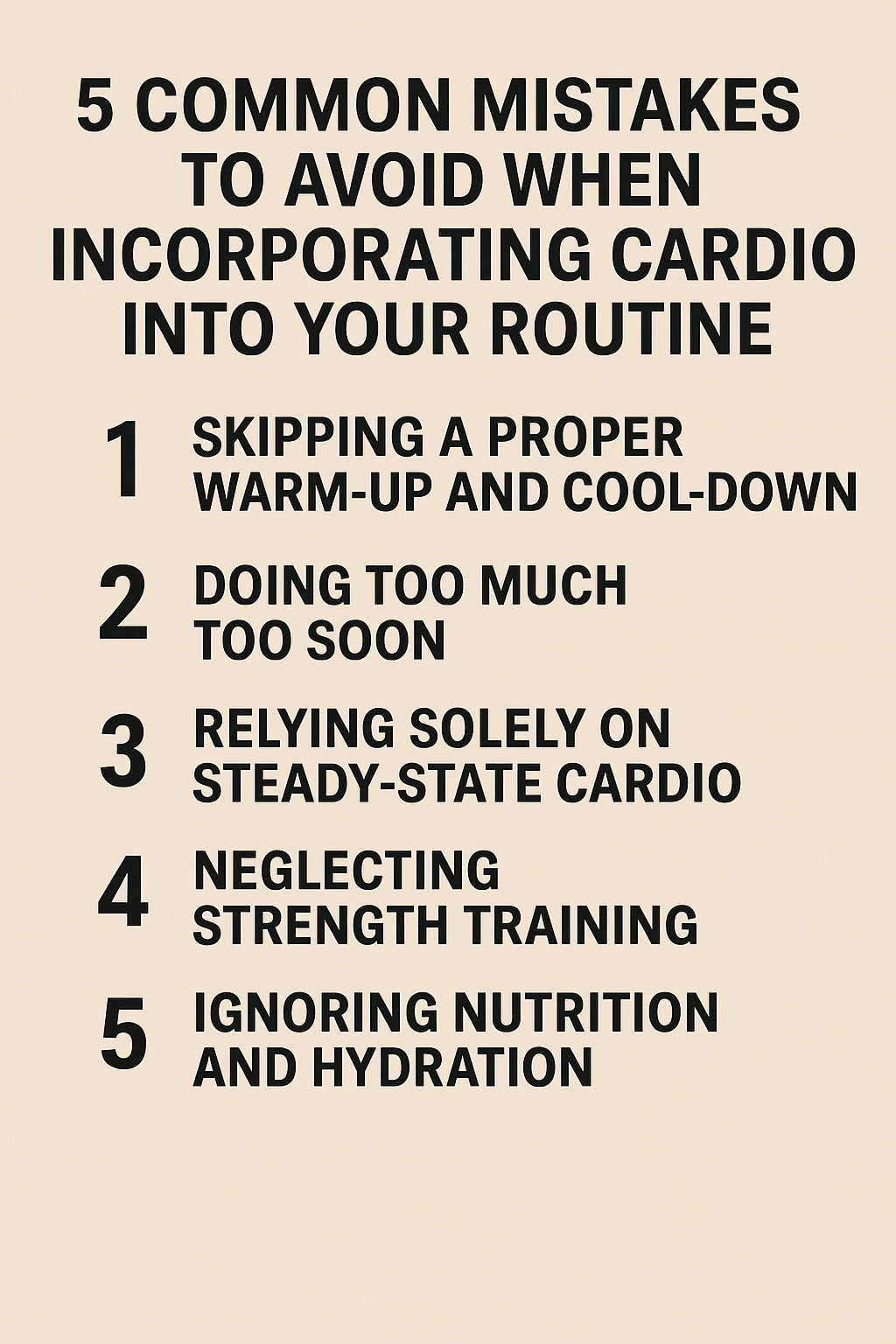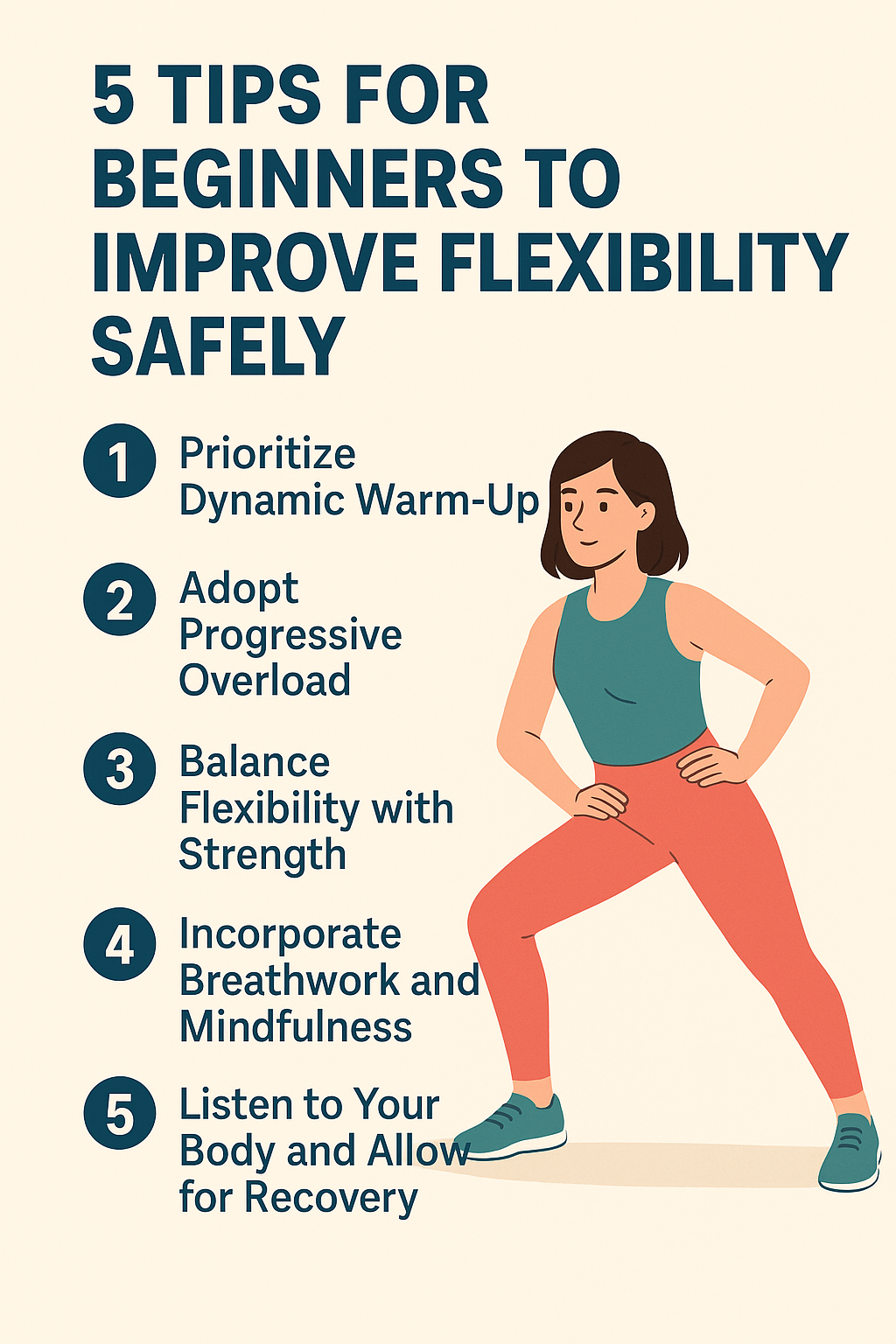Cardio, or cardiovascular exercise, is one of the best things you can do to improve your heart health, build your endurance, and lose weight faster. But even people who work out with good intentions can make mistakes that hurt their results, make them more likely to get hurt, or slow down their progress. This in-depth guide will show you five of the most common mistakes people make when they add cardio to their workouts and how to avoid them so you can get the most out of your workouts safely and effectively.
1. The first mistake is not doing a proper warm-up and cool-down.
Why It Happens
- Time Limits: People who are busy often start their hard workouts right away.
- People think that “warming up” means walking slowly for a minute or two.
What Happens If You Don’t Cool Down and Warm Up
- More Likely to Get Hurt: When your muscles and joints are cold, they are more likely to get sprains and strains.¹
- Delayed Recovery: Not cooling down can make muscles sore for longer and slow down the removal of lactate.²
- When your muscles are at rest, they don’t work as well, which limits how much you can work out.
How to Do It Right
- Move Around to Warm Up (5–10 minutes)
- Leg swings, arm circles, inchworms, and torso twists are all good ways to get your blood pumping.
- Do light cardio, like walking quickly or riding a bike at about half of your maximum heart rate.
- Cool down for 5 to 10 minutes at a time.
- Slowly lower the intensity, like going from jogging to walking to standing.
- For the main muscle groups, hold each stretch for 15 to 30 seconds to finish.
Tip: Use a heart rate monitor to make sure your warm-up gets your heart rate up to about 50–60% of its maximum before you start working harder.
2. Mistake #2: Trying to do too much too quickly
Why It Happens:
- People who are just starting to work out often think they are in better shape than they really are.
- “More Is Better” Mindset: The belief that working out longer or harder will help you reach your goals faster.
Overtraining can cause:
- Injuries like stress fractures, tendonitis, and chronic fatigue, as well as burnout.³
- Performance Plateau: If you don’t get enough sleep, your progress will stop or even go back.
- Hormonal Imbalances: Doing too much cardio can raise cortisol levels, which can make it hard to sleep and heal muscles.⁴
How to do it Right:
- Use the 10% Rule to safely do progressive overload.
- Don’t add more than 10% to the total time or distance of your workouts each week.
- Look at the Intensity
- Use the Rate of Perceived Exertion (RPE): Start with RPE 3–4 (moderate) and work your way up to RPE 6–7 for hard intervals.
- Make plans for both rest and active recovery.
- You need to take at least one full day off and one day of light activity every week.
- If you have pain that isn’t normal, are always tired, or have mood swings, turn down the volume or intensity for one to two weeks to let your body heal.
3. The third mistake is only doing steady-state cardio.
Why It Happens:
- Place of Comfort: Jogging or biking at a steady pace feels safe and familiar.
- Not understanding fat loss: believing that longer, lower-intensity workouts burn more fat.
Steady-State Training Has Some Problems:
- Over time, as you get used to it, it burns fewer calories.
- Takes a long time: Sessions usually last longer than 45 to 60 minutes to burn a lot of calories.
- Plateaus: The body gets better at what it does, so it doesn’t get as fit as quickly.⁵
High-Intensity Interval Training (HIIT): How to Change Up Your Cardio
- There were short bursts of almost full effort (20 to 60 seconds) followed by equal or longer periods of rest.
- Burns more calories in less time and speeds up your metabolism (EPOC) after you work out.⁶
- Tempo Runs and Biking
- For 10 to 20 minutes, keep a steady pace that feels comfortably hard (RPE 5–6).
- “Speed Play” or “Fartlek Training”
- For beginners who are getting used to intervals, unplanned changes in pace during the same workout are great.
Expert Insight: A meta-analysis shows that HIIT can raise VO2 max by up to 15% in 6–8 weeks, which is better than steady-state cardio if you don’t have a lot of time.⁷
4. Mistake #4: Not doing strength training.
Why this happens
- The “cardio-only” mindset is the belief that only cardio “counts” for losing weight or building endurance.
- Gym Intimidation: Being scared of weights or not knowing how to do exercises that build strength.
Why people who love cardio should do strength training
- Muscles that are stronger use less energy at the same speed, which makes running and biking easier.
- Balanced strength helps keep your body from getting hurt by fixing problems that can lead to strains.⁸
- More Lean Mass: A faster resting metabolic rate helps you get rid of fat.
Strength and cardio together:
- 2–3 times a week of resistance training
- Focus on compound lifts like squats, lunges, deadlifts, push-ups, rows, and planks.
- Circuit-style workouts
- Do both cardio bursts (like jump rope or burpees) and strength moves to speed up your metabolism.
- Season
- Change between phases that focus on strength (4–6 reps) and hypertrophy/endurance (8–15 reps).
Important: Doing bodyweight exercises for 20 minutes before or after cardio can help you get stronger.
5. Not paying attention to food and water is a mistake.
Why It Happens:
- Not thinking about how much gas you need: “Cardio burns calories, so eat less” is a way of thinking.
- A common mistake is not drinking enough before or during workouts, especially when it’s hot.
How it affects performance and recovery
- Lack of glycogen: Not getting enough carbs makes you less able to keep going and makes you feel more tired.⁹
- Muscle Catabolism: Muscles have a harder time healing when you don’t get enough protein, especially after HIIT.
- Dehydration can make you less able to do things and more likely to get hurt. Even losing 2% of your body weight in fluids can do this.¹⁰
What to Eat Before You Work Out to Get Ready for Cardio
- Eat simple carbs and moderate protein (like a banana with nut butter) 1–2 hours before you work out.
- During the workout (for more than an hour)
- Drinking sports drinks or gels that are high in electrolytes and low in carbs.
- Getting better after working out
- You should eat three to four times as many carbs as protein in 30 to 60 minutes. For example, you could have chocolate milk or Greek yogurt with fruit.
- To stay hydrated, drink 16 to 20 ounces (0.5 to 0.6 liters) of fluid two hours before you work out and 7 to 10 ounces (200 to 300 mL) every 10 to 20 minutes while you work out in hot weather.
Other Things to Think About
- Listen to your body: If your resting heart rate and energy levels suddenly go up, it could mean you’re training too hard.
- Switching between running, biking, swimming, rowing, or taking group classes will keep things interesting.
- If you need to, get a gait analysis and make sure you have the right shoes or machines for your biomechanics.††
- Setting goals: Use SMART goals (Specific, Measurable, Achievable, Relevant, and Time-bound) to stay on track.
A lot of people ask these questions
1. How many times a week should I do cardio? To stay healthy, the American Heart Association says you should do at least 150 minutes of moderate-intensity cardio or 75 minutes of vigorous-intensity cardio every week. People who are just starting out can begin with three 20–30 minute sessions and build up from there.
2. Can you lose weight just by doing cardio? Cardio helps you burn calories, but the best way to lose fat and keep lean muscle is to eat a healthy diet and lift weights. You might lose muscle and hit a plateau if you only do cardio.
3. Should I do cardio before or after I lift? It all depends on what you want to do:
- The main goal is to get stronger. Do strength training before cardio.
- The main goal is to lose weight and get stronger. You can do cardio first or on different days in different sessions.
4. Is it better to ride a bike or run? Both are good for your heart. Choose based on how well your joints are doing, how much you like it, and how simple it is. Cycling is easier on the body than running, but running burns more calories per minute.
5. How can I keep from getting bored while doing cardio?
- Switch up your workouts by using a treadmill, an elliptical, or going outside.
- Use HIIT and Fartlek as ways to break up your workout.
- Listen to audiobooks, music playlists, or podcasts to keep your mind busy.
To sum up
Cardio is an important part of fitness, but only if you do it correctly. You can get the most out of every workout by avoiding the five common mistakes above and using strategic warm-ups, progressive overload, workout variety, strength integration, and good nutrition. This will help you perform better, avoid injuries, and see results that last.
Remember that being consistent, paying attention to your body, and using methods that have been proven to work are all important. Cardio can help you lose weight, improve your heart health, and make you feel better, give you more energy, and improve your overall health if you plan ahead and do it right.
References
- American College of Sports Medicine. “ACSM’s Guidelines for Exercise Testing and Prescription.” 11th Edition. https://www.acsm.org/read-research/books/acsm-s-guidelines-for-exercise-testing-and-prescription
- Mayo Clinic Staff. “Stretching: Focus on Flexibility.” June 20, 2024. https://www.mayoclinic.org/healthy-lifestyle/fitness/in-depth/stretching/art-20047931
- National Institutes of Health. “Overtraining Syndrome in Athletes.” 2023. https://www.ncbi.nlm.nih.gov/pmc/articles/PMC7354557/
- Harvard Health Publishing. “When Cardio Goes Wrong.” April 15, 2023. https://www.health.harvard.edu/staying-healthy/when-cardio-goes-wrong
- Journal of Sports Science & Medicine. “Adaptations to Endurance Training.” Vol. 18, 2024. https://www.jssm.org/volume18-issues
- International Journal of Sports Physiology and Performance. “HIIT vs. Steady-State Cardio.” 2022. https://journals.humankinetics.com/view/journals/ijspp/
- European Journal of Applied Physiology. “Meta-Analysis of HIIT on VO₂ max.” 2021. https://link.springer.com/article/10.1007/s00421-021-04690-9
- National Strength and Conditioning Association. “Resistance Training for Endurance Athletes.” https://www.nsca.com/education/articles/
- Sports Medicine Journal. “Carbohydrate Intake and Endurance Performance.” 2023. https://link.springer.com/journal/40279
- American Council on Exercise. “Dehydration and Endurance.” 2022. https://www.acefitness.org/education-and-resources/lifestyle/blog/
- RunSmart Project. “Footwear and Running Injuries.” 2023. https://runsmartproject.com/
- American Heart Association. “Recommendations for Physical Activity in Adults.” 2024. https://www.heart.org/en/healthy-living/fitness/fitness-basics/aha-recs-for-physical-activity-in-adults





































